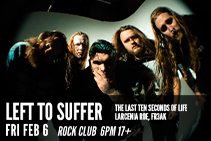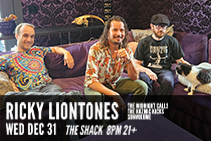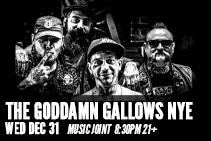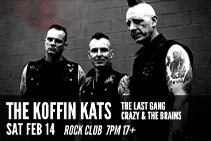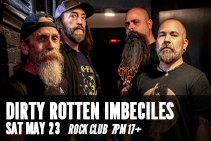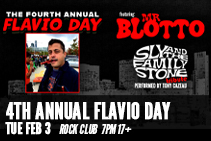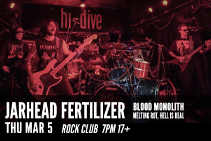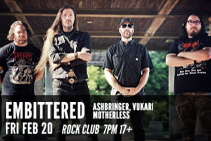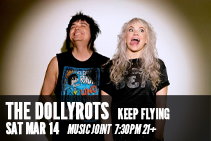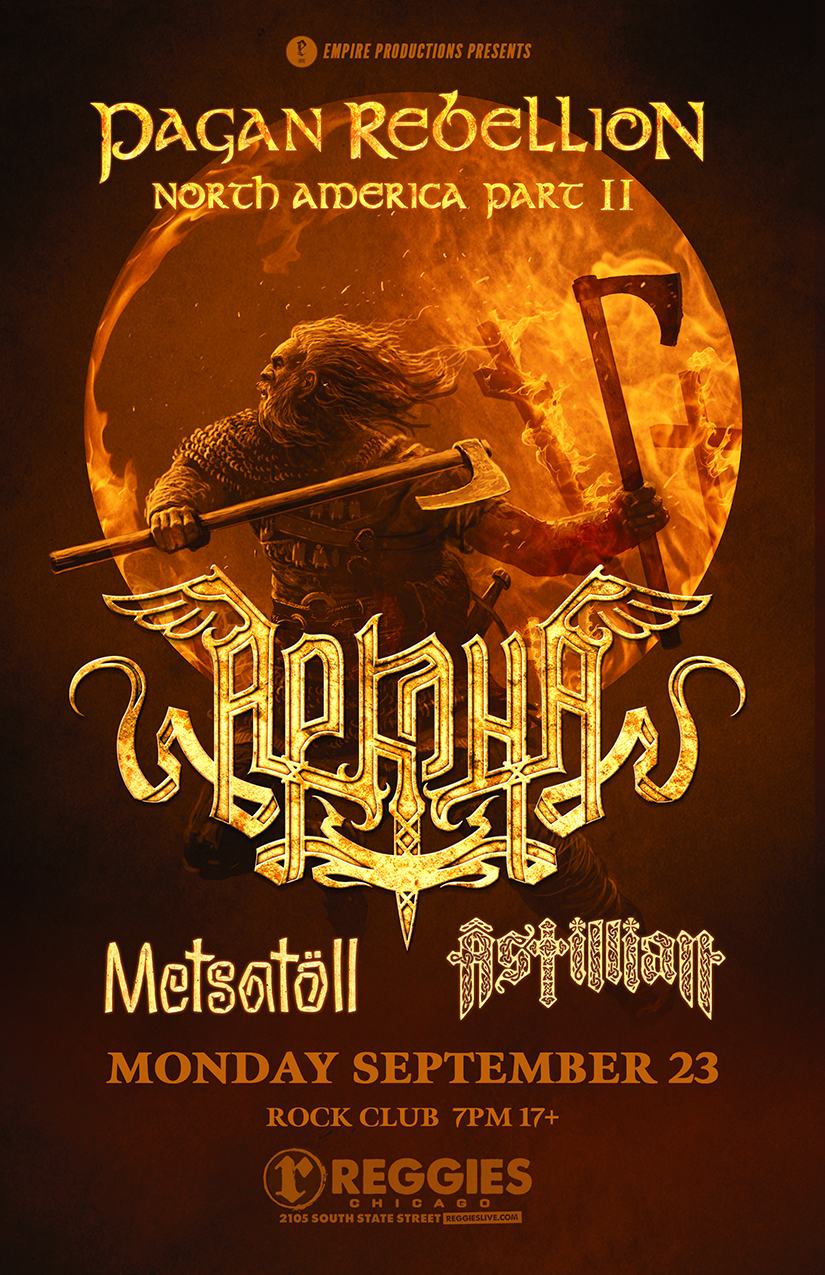
ARKONA
Arkona is a folk metal band from Moscow, Russia. Their lyrics and music are strongly influenced by Russian folklore and Slavic mythology
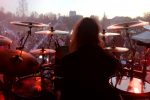
METSATOLL
On 24 February 1999, three men held a meeting at the borders of the Pääsküla bog, in the singer and guitar player Markus’s basement, one of whom could play a little bit of guitar, another who knew how to play a little bit of drums, and a third who had come up with a sufficiently ancient-sounding name that would be just right for a heavy metal band – ’Metsatöll’ (the name “Metsatöll” is an ancient Estonian euphemism for wolf).The thought soon turned into reality and over the next few days four or five songs were composed and a couple of months later there was an entire album-full of them. The demo album Terast mis hanging me hinge was released in the autumn of 1999. Soon afterwards, Lauri joined the band, bringing with him a second guitar, the torupill, kannels and flutes.
In early 2001, the original bass player was replaced by Kuriraivo. A year later, a single and video for the song Hundi loomine were released.
Metsatöll’s current line-up was finalised in 2004, when Atso took up the place behind the kit. At that same year, the album Hiiekoda was released, which multiplied the number of the band’s fans several hundred times, crushed all previous sales records for an Estonian metal artist and won Metsatöll the Best Metal Act 2005 award at the Estonian Music Awards ceremony.
In 2006, the same award was won for the album Terast mis hangund me hinge 10218, a re-recorded and re-arranged version of the band’s demo album. The live DVD See You On The Battlefield! was recorded during the album’s presentation show, and it won the title of Best DVD 2006. At that very same year Metsatöll and the Estonian National Male Choir composed an arrangement of Veljo Tormis’s magnum opus, Raua needmine; a DVD was released in Estonia and Germany of the show that took place in the ruins of the Pirita cloister.
Metsatöll’s third album, Iivakivi, released in February 2008, won the band the now familiar Metal Act of the Year award from the Estonian Music Awards ceremony. At the same year, Metsatöll signed a contract with Universal’s Finnish subsidiary, Spinefarm Records.
To celebrate the band’s 10th birthday, a 2DVD/CD Kõva Kont (2009) was released, which will be Metsatöll’s final release published with the band’s own resources. More than five hours of stuff to watch and listen, from between the years 2000-2008, it provides a thorough overview of the band’s history – from rehearsals recorded in a basement and the very first gigs attended by both of their fans, to the show at the Rabarock festival, cheered by a stadium full of people, and the concert Märkamisaeg, which was attended by an audience of more than 100 000.
In the autumn of 2009, Metsatöll joined Ensiferum (FIN) for an European tour of 31 shows in 11 countries. By today, the band has played more than 350 shows in Europe and the US, and has sold more than 50 000 albums.
On 15 january 2010, the online-single and video Vaid vaprust was released, a first taste of Metsatöll’s fourth album Äio, due out on 3 March. All the music and lyrics on the album were conceived in the isolation of a small farmstead in Hargla, South Estonia. This provided the songs with a breath that, according to the guys themselves, cannot be achieved in a big city. Äio was recorded in Finnvox studios in Finland and Sinusoid studios in Estonia. The album was mixed by the legendary producer and sound engineer Mikko Karmila.
In 2012, Metsatöll gave concerts in Estonia, Finland and Latvia. In autumn, the band toured with Korpiklaani (FIN), Tyr (FRO) and Moonsorrow (FIN) for a month in North-America, where a total of 26 shows were given. The DVD Tuska, which was recorded at the Tuska Open Air 2012 in Helsinki, was released.
The year 2013 took off to a flying start – Metsatöll gave two gigs for the soldiers of Estonia, USA, UK and Denmark in Afghanistan, at the Helman province. Followed by a trip to Southern Asia, the band went on a European tour with Korpiklaani (FIN) – 40 shows were given in 15 countries.
To this day, Metsatöll have given more than 490 performances and have sold more than 100 000 records.
* Metsatöll uses the chronology of the local natural religion. It begins with the Billingen catastrophe of 8213 before Common Era, when the Baltic ice lake broke its way into the ocean and most of the current territory of Estona appeared from under the water.
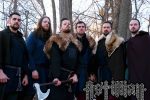
ASTILLIAN
Their self produced debut album, Waves at Dusk, (2017) is a concept album inspired by G.K. Chesterton’s epic tale, “The Ballad of the White Horse,” other Anglo-Saxon writings, and Norse sagas. This album captures the inescapable misery and undeniable hope of the early middle ages; raiding hordes, mass migrations, and kingdoms rising through the discord. The album features a hardwood Anglo-Saxon lyre and other folk instruments alongside a three-pronged electric guitar assault and viscerally blasted rhythms. Waves at Dusk also features a Saxon war cry historically used on the battlefield against the vikings.”



